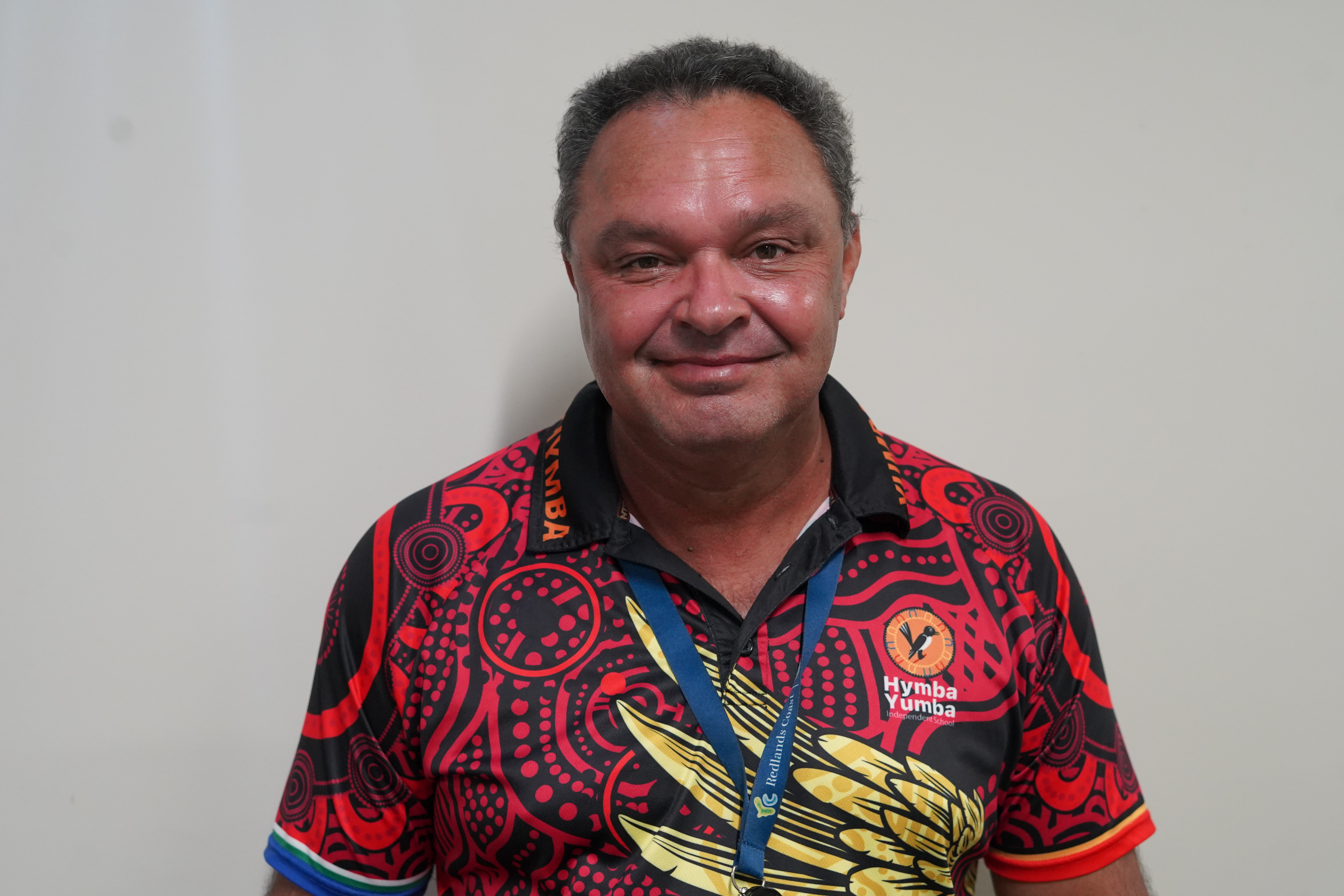Water and the Yarning Cycle

Brett Nutley belongs to the Mununjali (Beaudesert) Jagara (Brisbane) on his GrandFather's side and Butchulla (Kagari Fraser Island, Hervey Bay) on his Nana's side. Brett would like to acknowledge the Elders past and present who have shared this information over time.
In this piece, Brett undertook some research and the following is his explanation of the importance of water in the yarning circle.
Aboriginal and Torres Strait Islander people established a complex knowledge base that enabled their survival on one of the driest continents. This in-depth understanding of the hydrology and hydrogeology in each country eg Yugambeh, Jagara, Guran Guran etc , and also regionally, allowed people to find and re-find water in the landscape. This may have involved finding deep pools or billabongs when the rivers were not flowing, or protecting rock holes from animals by creating purpose-built lids. Rules and laws were made to protect the quality of water, particularly in cases where the water was for human consumption. For example, one way to protect the potable water is to only drink from the bottom pool, not the top pool, to avoid contaminating both water sources.
The value of water was further elevated if the water places had spiritual links to ancestral beings. One common being is the Rainbow Serpent, which has many names, identities and stories and is strongly linked to many water places. These stories include the formation of creeks, rivers, lakes, billabongs, lagoons as well as springs and landscapes. In some tellings, if a person dared to upset the resting serpent in a waterhole or at the bottom of a spring, the consequences were dire.
With the arrival of the British and rapid and often irreversible changes to their country, Aboriginal and Torres Strait Islander people have faced new water challenges. Today, Aboriginal and Torres Strait Islander people campaign to have their traditional water values recognised and seek access to their cultural places to undertake their custodial responsibilities and protect ‘cultural flows’ in water for future generations.
Yarning circles
Water also has a connection with other elements for First Nations people which includes a yarning circle.
The water has a connection through earth, air and fire.
The elements for our people represent where you are in your life as sometimes people can be in one spot too long and they need to move to another element so they can move in the circle of life.
Water - Represents cleansing as sometimes in the circle you may get caught in one element too long like earth which represents that you are stuck and you need to clean the earth off as you may have been bogged down
Earth – Sometimes you need to be grounded and earth can represent this but sometimes as said above you can get stuck.
Fire - This can mean two things as it can mean having fire in your belly which is a motivation but if you stay in this phase to long you can get burnt.
Air – Being up in the air can also have two meaning for example being free to go in any direction but it can also mean if you stay to long you can get to high and lose your grounding and you can fall.
When we have yarning circle we get people to stand at each element as to where they think they are in life and explain it to the group. This starts the conversation and starts people yarning.
Brett Nutley, Indigenous Partnerships and Programs Coordinator, Redland City Council.

